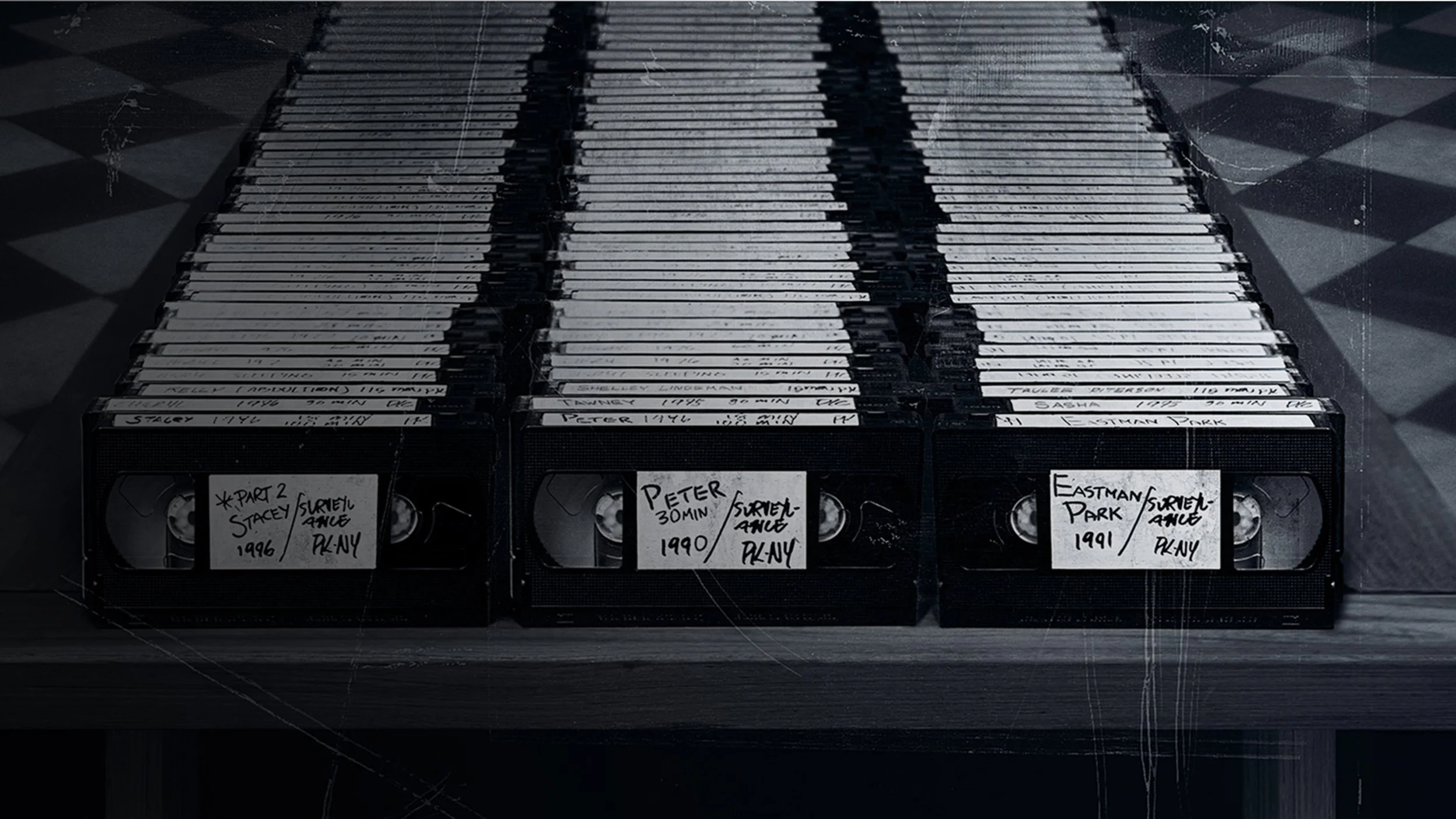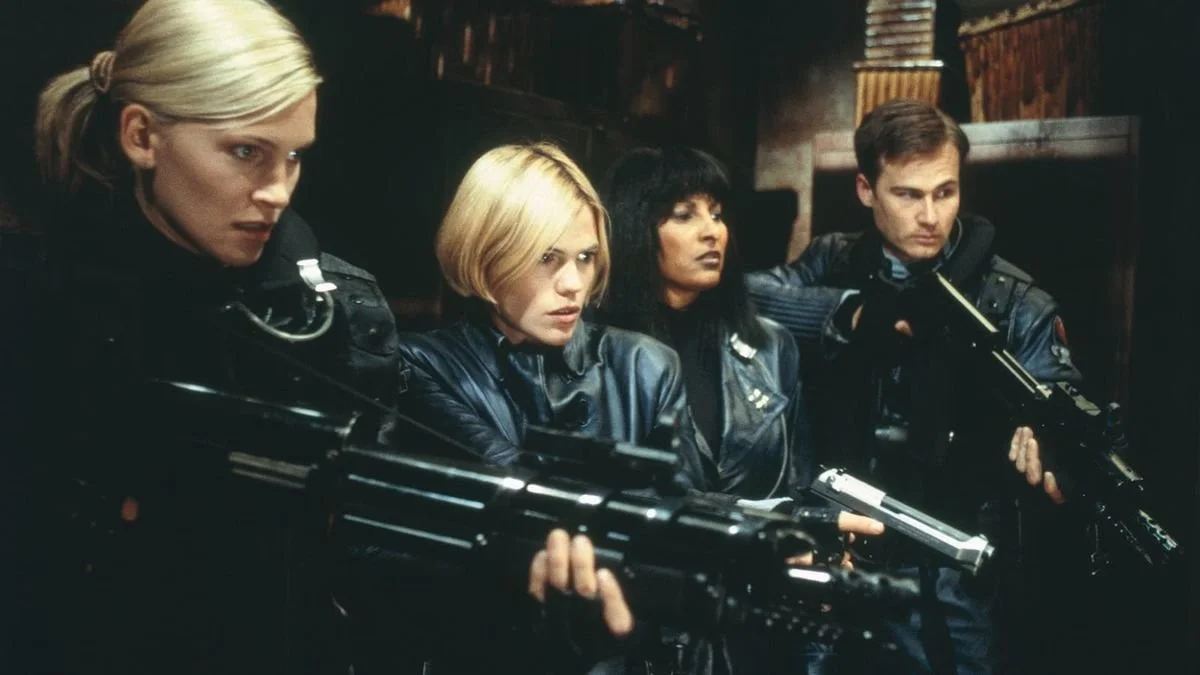Review: Night Nurse (1931)
There is a whole trove of salacious, fascinating little movies from the early 1930s pre-Code era in America that would feel right at home in the 1960s and 1970s exploitation scenes. For anyone who isn’t familiar, the Production Code ran from 1934 to 1968 and censored the content of movies. Movies made after 1968 in the New Hollywood era are famous for their explicit subject matter, but pre-Code films are just as transgressive in their own way. I don’t mean that these pre-Code films would fit in the 60s or 70s because, like those films, they are full of excessive violence and nudity. Rather, it’s because the pre-Code films are salacious and provocative and were made on the cheap by talented directors who worked around their limitations, similar to so many low-budget B movies from the 60s and 70s. Night Nurse is a perfect example of these films. It’s an entertaining 72 minutes, with compelling performances from later stars (here, a young Barbara Stanwyck) and a surprising (to modern eyes) blend of sexy and nasty subject matter.
Directed by William A. Wellman (a Hollywood journeyman best known for the first Best Picture winner, Wings [1927], as well as the original A Star Is Born [1937]) and starring Stanwyck, Night Nurse is a dirty little thriller about a young nurse who uncovers a plot to murder some children. However, it doesn’t start as a crime picture. In some ways, it begins as a working class slice of life.
The first half of the film follows Stanwyck’s impressionable young nurse, Lora Hart, as she cuts her teeth on the ward and bonds with fellow nurse, B. Maloney, played by Joan Blondell. Lora and Maloney work late nights, blow off steam, and avoid getting reprimanded by Miss Dillon, the stern taskmaster who is the superintendent of the nurses. There are melodramatic encounters with patients, as well as sexy little interludes where Lora and Maloney hang out in their underwear and gab about all the messed up things they see on the ward. The lingering shots of Stanwyck and Blondell in lingerie were risque at the time, and remain so when viewed from the present day, largely as a result of how they contrast with movies made a few years later after the introduction of the Hays Code.
If you only have a passing familiarity with movies from the 1930s, you’ll likely be shocked by some of the content. Such scenes go against the false, but still dominant, narrative that old movies were prudish. As Night Nurse demonstrates, the pre-Code era is very distinct from the Golden Age of Hollywood, when censorship dictated subject matter, just as the late 60s and 70s marked a turn away from the Golden Age. Hollywood has always been obsessed with sex and violence, and more explicit depictions of both on screen ebb and flow with the era. Thus, Night Nurse is still capable of provocative thrills 90s years later.
Night Nurse demonstrates the flow from sex to violence within its very narrative. While on the ward, Lora also helps a bootlegger, Mortie (Ben Lyon), and through him starts to learn more about the criminal underbelly of the city. She’s eventually hired as a private nurse for a rich family, where she meets a rich widow, her sickly kids, and her violent, sadistic chauffeur, Nick, played by a pre-moustache Clark Gable. Gable, known for his suave debonair in such classics as It Happened One Night (1934) and Gone with the Wind (1938), is a violent lout here, a far cry from his later charmers. It’s surprising to watch Gable in such a role. Gable’s performance is yet another way that the whole film seems something of a novelty today.
If you’re looking for a short film full of prurient thrills, give the Quentin Tarantino-recommended B-movies a rest and seek out Night Nurse. As far as B-movie thrillers go, it’ll satisfy and surprise you, with the added appeal of demonstrating the variety and verve of pre-Code Hollywood filmmaking.
7 out of 10
Night Nurse (1931, USA)
Directed by William A. Wellman; written by Oliver H.P. Garrett and Charles Kenyon, based on the novel by Dora Macy; starring Barbara Stanwyck, Ben Lyon, Joan Blondell, Clark Gable.



Kiyoshi Kurosawa’s 2001 J-horror film predicted the new millennium in terrifying ways.